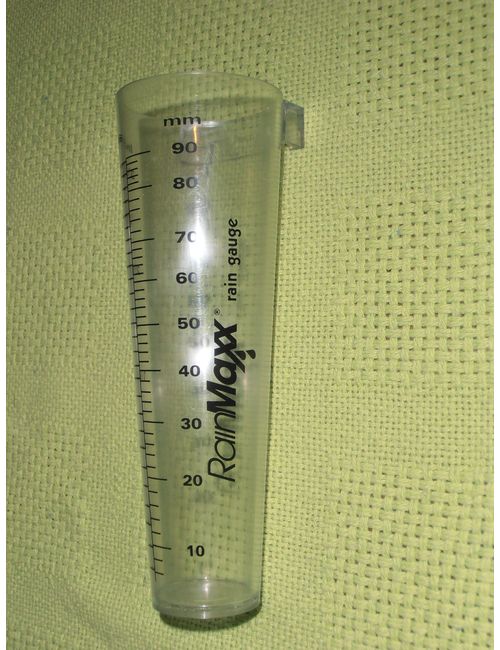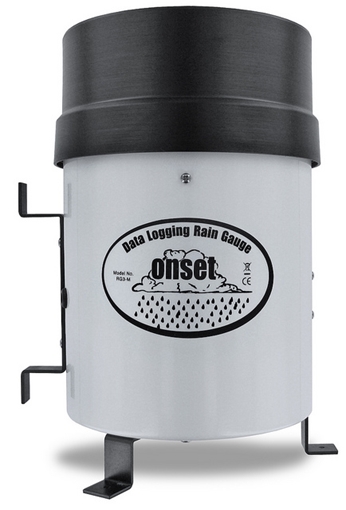How a Rain Gauge Can Boost Your Comprehending of Local Environment Patterns
How a Rain Gauge Can Boost Your Comprehending of Local Environment Patterns
Blog Article
Unveiling the Scientific Research Behind Rainfall Gauges: How These Devices Play an Important Role in Climate Research Study and Environmental Monitoring
Rain evaluates, seemingly basic tools, hold a profound significance in the realm of environment research and ecological tracking. As we peel off back the layers of this clinical veil surrounding rain evaluates, we uncover a world where precision, data precision, and meticulous observation assemble to unveil a much deeper understanding of our changing climate and its impact on the planet.
Value of Rain Scales
Rain assesses play an important function in tracking and gauging precipitation degrees, supplying essential information for climate research study and analysis. These tools are essential in evaluating the quantity of rainfall that occurs in a particular area over a specific period. By accumulating and determining rain, rainfall evaluates offer important insights into the circulation and intensity of rainfall, aiding meteorologists, hydrologists, and climatologists in recognizing climate patterns and trends.
Among the essential factors why rain evaluates are important is their ability to supply localized and exact information. Unlike satellite or radar-based dimensions, which offer wider monitorings, rain assesses deal specific information details to the place where they are positioned. This localized information is essential for different applications, consisting of flooding projecting, dry spell surveillance, and water source management. Furthermore, long-lasting information collected from rainfall determines helps in assessing climate change effects and patterns, adding considerably to scientific research and decision-making processes. In essence, rain assesses function as essential devices in the field of meteorology and ecological scientific research, playing an important role in advancing our understanding of weather and environment characteristics.
Kinds Of Rain Scales

Functionality and Procedure
In the realm of climate research and meteorological studies, the efficiency of rainfall gauges hinge on their elaborate performance and specific operational mechanisms. Rainfall assesses are designed to accurately determine the quantity of precipitation that tips over a specific location during a collection period. These gadgets typically contain a funnel that accumulates rainwater and channels it into a gauging tube. The measuring tube is marked with adjusted dimensions that permit the accurate quantification of rainfall.
The performance of rain assesses is based upon the concept of measuring and accumulating rainwater in a standardized way. This collected information is vital for understanding neighborhood weather condition patterns, tracking long-lasting environment patterns, and evaluating ecological influences. To guarantee accurate measurements, rainfall assesses requirement to be strategically placed in open areas far from obstructions such as buildings or trees that could hinder the collection procedure.
The functional facet of rain gauges entails routine upkeep to avoid debris build-up, calibration checks to maintain dimension accuracy, and data recording for analysis (rain gauge). On the whole, the capability and procedure of rainfall evaluates are important for gathering reliable precipitation data essential to environment research study and ecological monitoring
Role in Climate Research Study
Offered the crucial relevance of exact precipitation measurements in comprehending weather patterns and ecological influences, the function of rainfall evaluates in environment study is indispensable. Rainfall evaluates provide vital information for climate research by evaluating the quantity of rainfall that drops over a details location during an offered duration. This data is important for keeping an eye on lasting trends in rainfall patterns, examining the impact of environment change on rainfall distribution, and improving climate designs.

Climate scientists utilize data collected from rain determines to evaluate variations in precipitation levels, identify regional environment fads, and review the efficiency of water source management approaches. By contrasting historical precipitation information with existing measurements, researchers can discover changes in precipitation patterns, such as adjustments in the frequency or strength of rainfall events. This info is important for understanding just how environment modification is affecting precipitation dynamics and can help policymakers make notified choices relating to adjustment and reduction browse around this web-site approaches.
Applications in Ecological Monitoring

In flood projecting, rainfall scale data assists to track rains strength and circulation, permitting authorities to issue prompt cautions and take essential procedures to alleviate flood dangers (rain gauge). Dry spell monitoring relies upon rain gauge information to evaluate wetness degrees in the dirt and track rainfall shortages, helping in the identification of drought-prone locations and the execution of drought feedback approaches
In addition, rainfall gauge information plays a crucial duty in water resource administration by providing details on water availability and use patterns. This data is used to make informed decisions pertaining to water allowance, conservation measures, and sustainable water resource preparation. Furthermore, in agriculture, rainfall scale data aids farmers in maximizing watering routines, crop option, and overall farm monitoring practices based on regional rainfall patterns. Generally, rain gauges are indispensable devices in environmental tracking, offering beneficial understandings that contribute to educated decision-making and lasting source management.
Conclusion
To conclude, rainfall assesses are vital devices for determining rainfall, providing beneficial information for environment study and ecological tracking. With different kinds and performances, rain assesses play a critical function in recognizing rainfall patterns and their effect on the atmosphere. By accurately gauging rains, these gadgets add to the improvement of scientific understanding and aid directory in making notified decisions pertaining to water source administration and calamity preparedness.
Rain evaluates play a vital function in surveillance and determining precipitation degrees, supplying necessary information for environment research study and analysis. The common rainfall scale, recognized as the "tipping container" scale, is one of the most typically made use of gadgets. Ultrasonic rain assesses usage noise waves to detect the visibility of rain, giving real-time information on precipitation degrees.Environment researchers use information accumulated from rainfall determines to analyze variants in rainfall levels, determine regional climate trends, and evaluate the performance of water source administration strategies.In verdict, rainfall assesses are vital devices for determining precipitation, giving beneficial data for climate study and environmental surveillance.
Report this page